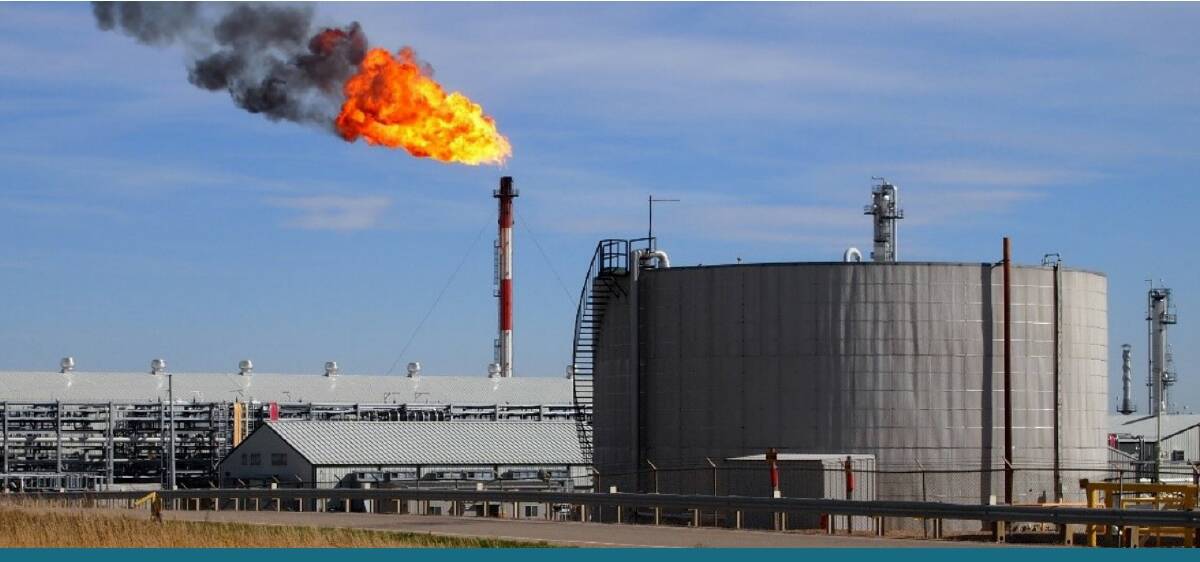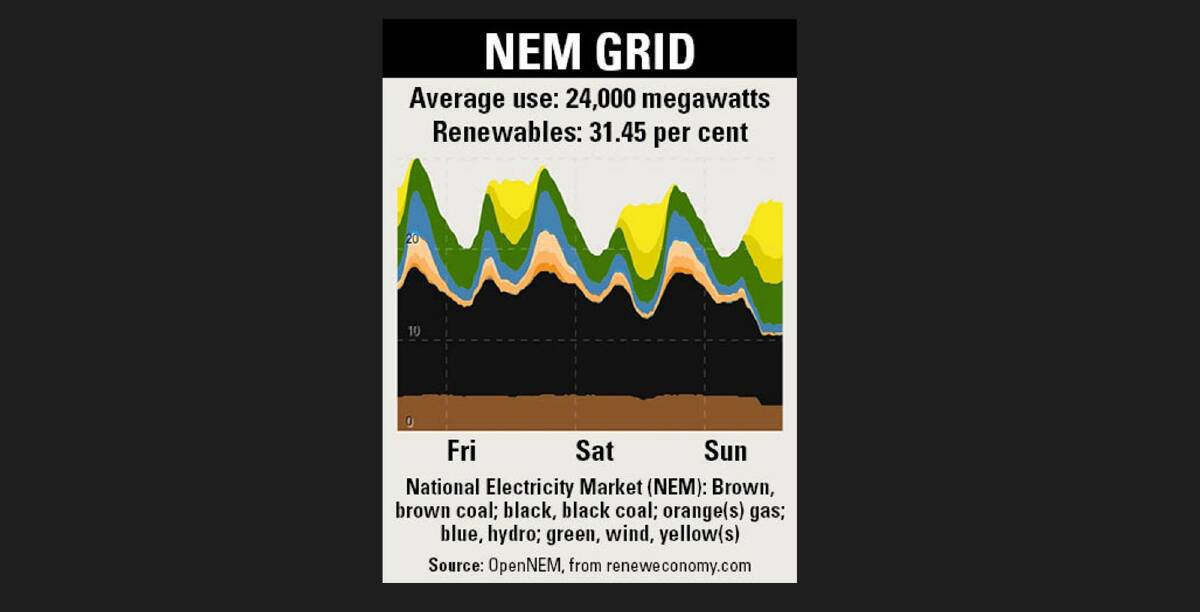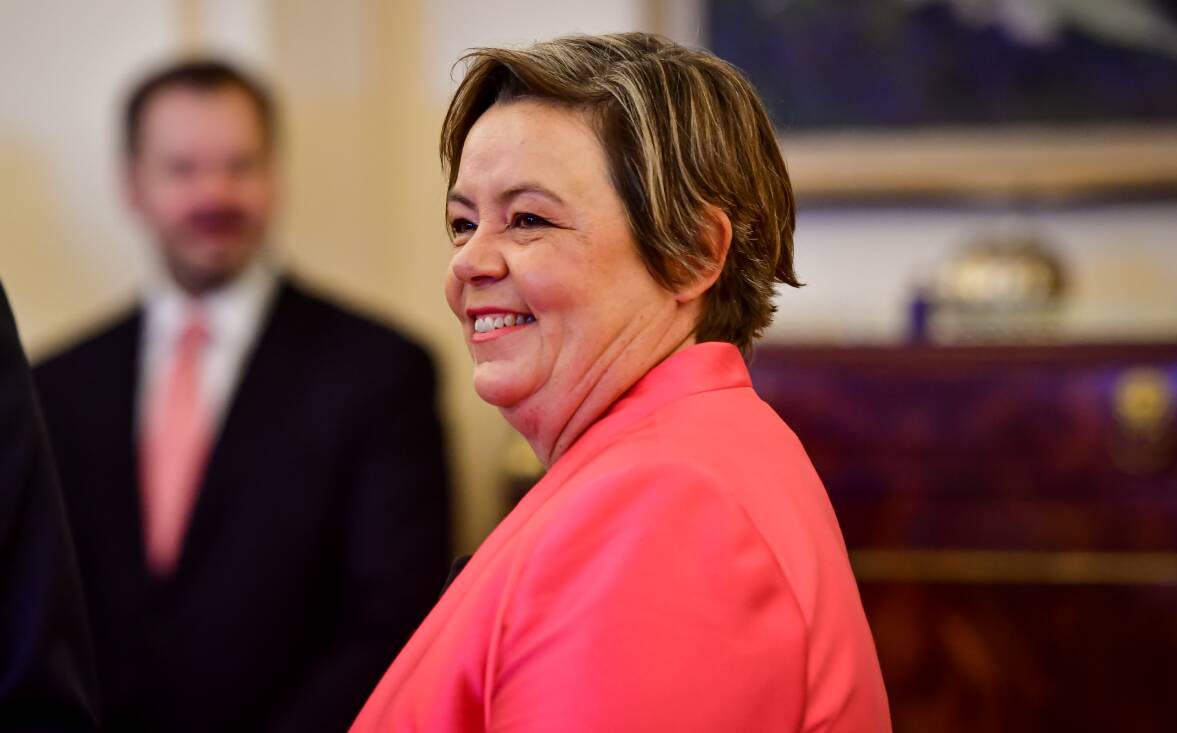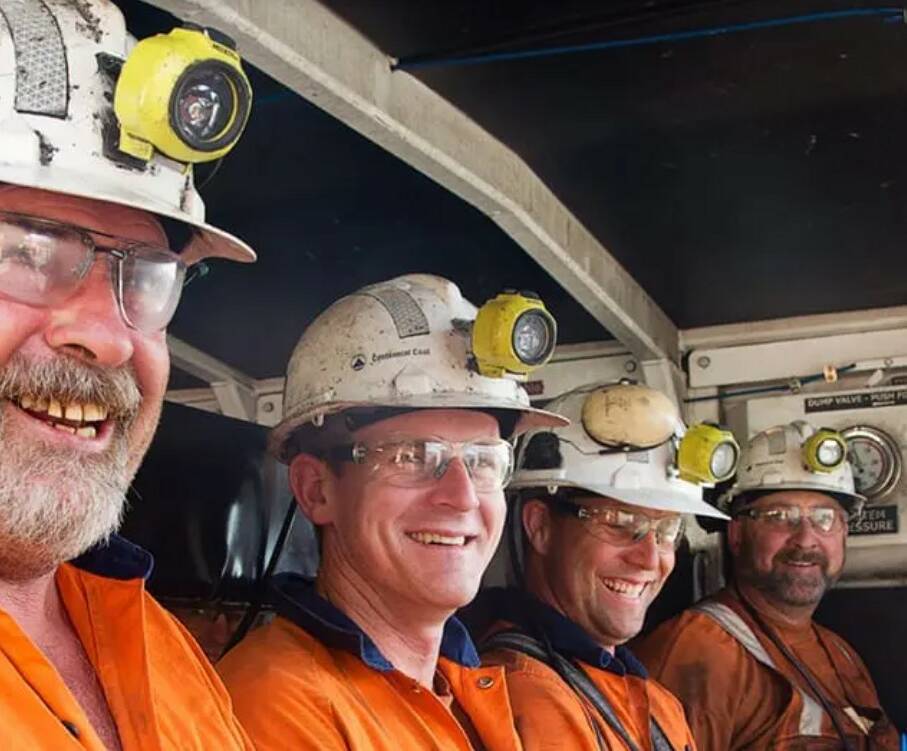
BUSINESS Hunter chief Bob Hawes is calling for a Western Australian "domestic supply reservation" policy for NSW, saying Hunter gas users are paying 50 per cent more than their counterparts in the West.
Mr Hawes said gas producers in WA were made to reserve 15 per cent by volume of the liquid national gas (LNG) production, and had been since the North West Shelf was opened to offshore wells in the 1980s.
"The Australian Competition and Consumer Commission report at the start of the month showed Australian gas producers were selling more than the contracted levels on the export market," Mr Hawes said.
"We have an obvious shortage of gas here, domestically, and prices have gone through the roof. The WA policy has stood the test of time over the decades, but more importantly it has kept prices in check for business and consumers in that state.
"We should be looking at something similar to that here."
Mr Hawes raised the WA situation in an interview yesterday with the Newcastle Herald in response to Friday's energy ministers' meeting in Canberra hosted by federal Labor Climate Change and Energy Minister, Chris Bowen.
One of the big results from Friday's meeting was a decision to extend the powers of the Australian Energy Market Operator to intervene in both the gas and electricity markets.
The meeting has been hailed as further evidence Australia's "climate wars" are in abeyance, if not over completely, along with the "43 per cent down by 2030" climate reduction bill on its way to the Senate.
Two months ago, in mid-June, WA Energy Minister Bill Johnston urged the eastern states to introduce such a policy, saying it had laid a framework for affordable gas supply, with about half of WA's electricity coming from gas generators.

"We've got enough electricity supply so that we don't get into the troubles that we see our friends on the east coast in right now," Mr Johnson said in a TV interview.
"Also, we've got this capacity market for the electricity system so that we always have enough power stations ready to supply electricity. That could be introduced on the east coast and I certainly encourage ministers on the east coast to do that right now."
Mr Hawes said electricity prices were also too high, and he said he welcomed anything that helped new renewable generators come on line.
In Brisbane on Thursday, new Resources Minister Madeleine King said people would be "astounded" if they realised how much coal was still involved in the National Electricity Market.
Ms King was in Brisbane to speak at a lunch hosted by the minerals and energy lobby group the Queensland Resources Council.
In the official version of her speech, posted on her ministerial website, Ms King said Australia exported 350 million tonnes of coal worth $100 billion last year and the Labor government wanted to assure the market that Australia would remain "a stable and secure destination for investment" in the sector.
"International Energy Agency modelling shows demand for our coal from developing economies is projected to increase over the next decade to satisfy demand for electricity and industrial development," Ms King said.
In comments reported in the Australian Financial Review, Ms King referred to graphics explaining the National Electricity Market (NEM) - such as the chart reproduced for this article - and said people would be "astounded" if they looked at the makeup of the grid.
"I'm not going to try and boss around state and territory governments," Ms King said.
"They make the choices for themselves and their community and the results are self-evident."

Ms King said black coal had produced more than 80 per cent of the electricity in NSW on the day she was talking, with brown coal providing 43 per cent of Victoria's.
It rose to 57 per cent later in the day.
On the 80 per cent figure, Ms King was quoted as saying: "That's fine if that's what you choose to be your power source, but its high carbon emitting. But there are other pathways you could choose."
Figures quoted at OpenNEM show black coal provided 44 per cent of the 207,676 gigawatt-hours of electricity produced by the NEM in the past 52 weeks.
Black coal accounted for 15.5 per cent (all of it coming from Victorian power stations), for a black and brown coal total of 59.6 per cent.
Rooftop solar provided 8.5 per cent, solar farms 5 per cent, wind 12 per cent, hydro 3.8 per cent and five types of gas generators (including waste coalmine gas) a combined 6.8 per cent.
Discharging batteries produced 236 gigawatt-hours of power, or 0.1 per cent of the total.
Ms King's predecessor as resources minister, Keith Pitt, told the Herald last night that rather than congratulating Labor on Friday's meeting, "the reality is that they have now put emissions reduction ahead of reliability".
But Mr Hawes said the meeting aligned the federal government with the work done in NSW by Treasurer and Energy Minister Matt Kean, who as a Liberal had stepped ahead of his federal counterparts in promoting renewables.
Mr Hawes said he feared big industrial energy users were being "demonised" for their emissions when the transition could not occur without the products they produced.
FROM THE SOURCE:
- Madeleine King Thursday speech to Queensland Resources Media Club
- Doorstop interview afterwards
- Friday's energy minister's meeting

WHAT DO YOU THINK? We've made it a whole lot easier for you to have your say. Our new comment platform requires only one log-in to access articles and to join the discussion on the Newcastle Herald website. Find out how to register so you can enjoy civil, friendly and engaging discussions. Sign up for a subscription here.







